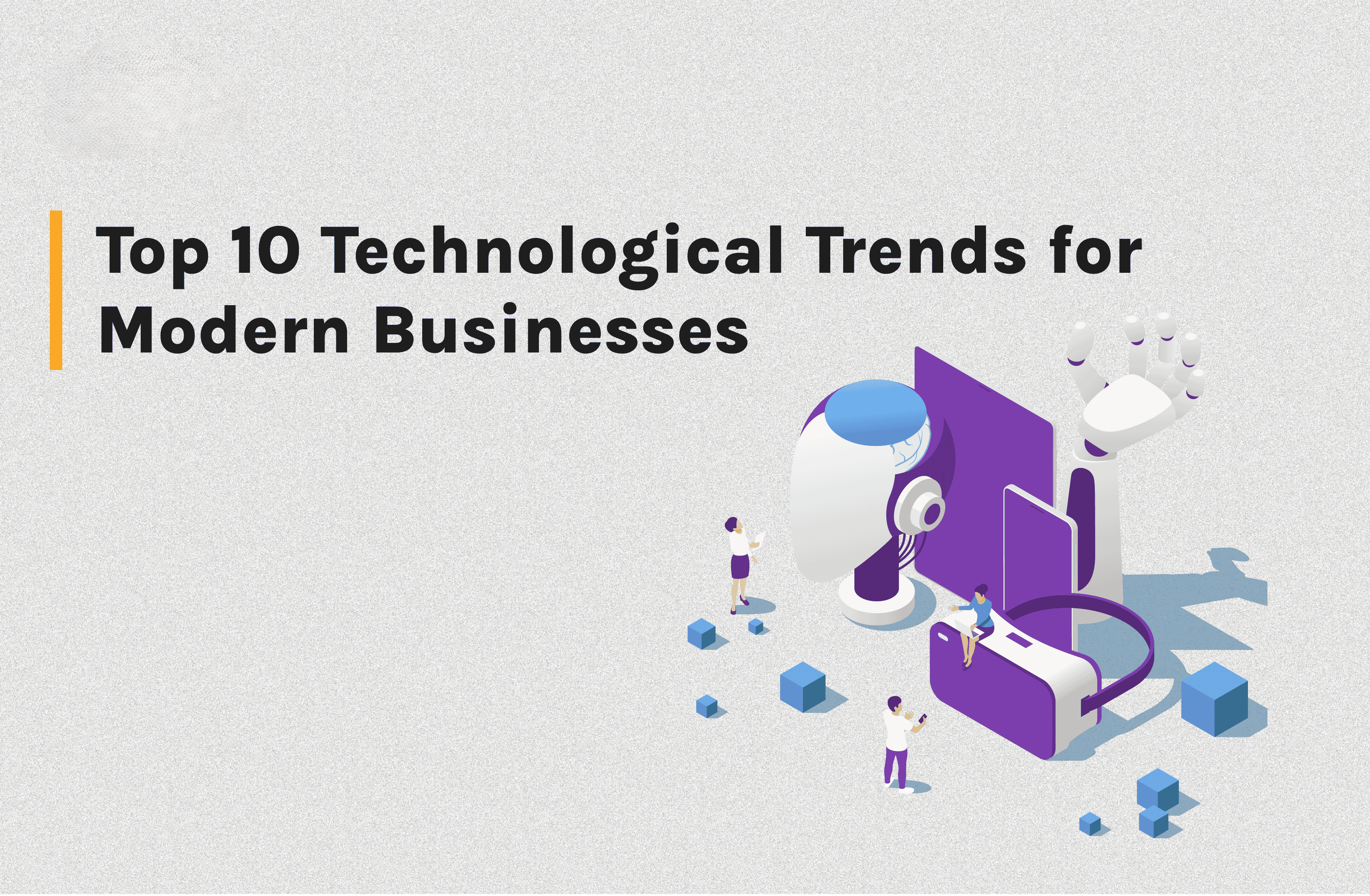Technology is changing how businesses operate, compete, and grow. Staying on top of these changes is no longer a choice—it’s a necessity. Let’s explore the biggest tech trends you need to adopt this year to stay ahead of the game.
1. AI and Machine Learning: The Power of Smarter Decisions
Artificial intelligence (AI) and machine learning (ML) are helping businesses work smarter, not harder. These tools can predict what customers want, automate repetitive tasks, and provide insights you never thought possible.
Why It Matters:
- Create personalized customer experiences.
- Make data-driven decisions with ease.
- Offer 24/7 customer support through AI-powered chatbots.
2. Hyperautomation: Doing More with Less
Hyperautomation combines AI, machine learning, and robotic tools to take automation to the next level. It’s like having a super-efficient assistant that handles repetitive tasks while you focus on growing your business.
The Benefits:
- Save time and money by automating workflows.
- Reduce human errors.
- Free up your team for creative and strategic work.
3. 5G: Faster, Smoother, Better
The rollout of 5G is revolutionizing how businesses connect and communicate. With faster speeds and lower delays, you can achieve things like real-time video conferencing and smoother mobile experiences for your customers.
What It Brings:
- Real-time data for IoT devices.
- Better collaboration for remote teams.
- More reliable mobile experiences for your users.
4. IoT: Connecting Everything
The Internet of Things (IoT) links everyday devices to the internet, making them smarter and more efficient. Whether it’s a smart thermostat or a connected factory machine, IoT helps businesses work more effectively.
How to Use It:
- Track inventory in real-time with smart sensors.
- Automate maintenance checks for equipment.
- Offer smarter, connected products to customers.
5. Blockchain: More Than Just Bitcoin
Blockchain isn’t just for cryptocurrency. It’s a secure and transparent way to manage data, making it invaluable for industries like finance, healthcare, and supply chain management.
Why It’s Game-Changing:
- Protect sensitive data from hacks.
- Make your supply chain more efficient and traceable.
- Reduce fraud and ensure compliance.
6. Edge Computing: Speed Up Your Data
Edge computing processes data closer to where it’s created, rather than relying on distant servers. This makes it faster and more efficient for handling large amounts of information.
How It Helps:
- Analyze customer behavior instantly in retail.
- Improve performance for IoT devices.
- Speed up apps for better user experiences.
7. Sustainable Tech: Going Green is the Future
Customers are increasingly favoring eco-friendly businesses. Sustainable technologies help reduce waste, save energy, and promote greener practices—all while saving costs in the long run.
What’s Trending:
- Use AI to optimize energy consumption.
- Choose cloud platforms with lower carbon footprints.
- Create eco-friendly supply chains.
8. Stronger Cybersecurity: Protect Your Business
Cyberattacks are a growing threat, so protecting your data and systems is more important than ever. Modern cybersecurity solutions, like AI-driven threat detection, keep your business safe.
Tips for Staying Secure:
- Use two-factor authentication and biometric security.
- Train your employees on cybersecurity best practices.
- Regularly test your systems for vulnerabilities.
9. Metaverse and AR: The Future of Customer Interaction
The metaverse and augmented reality (AR) are creating new ways for businesses to engage with customers. Whether it’s virtual shopping or interactive training, these tools make experiences more immersive.
Why It’s Exciting:
- Open virtual stores or showrooms.
- Use AR for hands-on employee training.
- Build deeper connections with your audience.
10. Data Privacy: Building Trust with Customers
Data privacy isn’t just about following laws—it’s about earning your customers’ trust. Businesses that prioritize transparency and secure data practices will stand out in today’s digital world.
Simple Steps:
- Use tools to protect customer data.
- Update your privacy policies regularly.
- Teach your team how to handle sensitive information.


